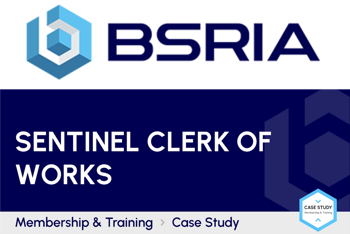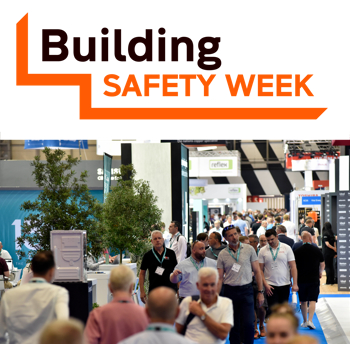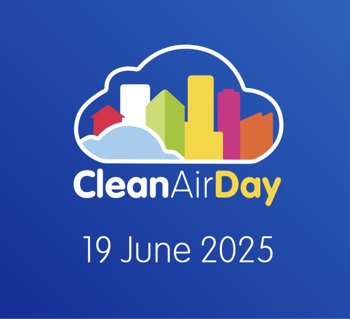Workplace first aid training
Injuries, accidents and illnesses can happen at any time. According to the Health and Safety (First-aid) Regulations 1981, every workplace in the UK is required to make sure their employees have access to first aid equipment (a well-stocked first-aid box) and facilities, along with information about first-aid arrangements and a designated person to set those arrangements in motion if the need arises.
Ensuring that employees know the company has these arrangements in place, and that they would have immediate provision of first-aid if an accident was to occur, should be a fundamental priority for all reputable employers. Workplace first-aid training can include CPR (cardiopulmonary resuscitation), injury prevention, how to control bleeding, treatment for wounds or burns and managing someone who is unconscious, who has had a seizure or is in shock, what to do when someone is choking, has been poisoned or has a broken bone or sprain, how to recognise the symptoms of common medical conditions such as stroke and heart attack, and how to properly record and report incidents.
Having a number of staff trained in first-aid brings a company a benefits, such as:
- In the event of a serious incident, a trained first-aider could save the life or lives of those affected by taking immediate action, as they can be on the scene far quicker than the emergency services.
- Research shows that workplaces with staff trained in first-aid are safer overall and suffer fewer incidents as all employees become more aware of safety.
- Trained employees use the knowledge gained in their training to behave safely, proactively assisting and encouraging others to do the same, which reduces risks and prevents incidents from happening.
- In the event of an incident, trained staff may be able to help prevent further injury.
- The more staff that are trained in first-aid, the more likely it will be that one of them will be on site in the event of an incident.
- Trained first-aiders are already familiar with the company first-aid kit and how to use its contents, which can save time in an emergency.
- They are also more likely than un-trained staff to know how to react and behave in an emergency situation, as their training should have given them the ability to confidently and effectively manage it.
- Training needn't take long - many courses are complete within a few hours. First-aid training consultancies can tailor their training around a specific workplace, taking into consideration possible risks employees face in their roles so they are adequately informed and can modify their behaviour.
When choosing a First Aid training provider, make sure you look into whether they are qualified to deliver the training and are certified by the Chartered Institute of Environmental Health (CIEH). It can be a good idea to get all health and safety, first aid, fire and food safety training from the same provider so all training is in context for their specific business and the training provider know the goals of the company itself.
[edit] Related articles on Designing Buildings Wiki
- CDM.
- Cold stress.
- Control of Substances Hazardous to Health (COSHH).
- Emergency plan.
- Health and Safety Executive.
- Health and safety inspector.
- Heat stress.
- Hi-vis clothing.
- Keeping your mind on the job.
- Near miss.
- Personal protective equipment.
- Reporting accidents and injuries on construction sites.
- Safety briefing.
- Safety helmet colours.
- Safety management.
- Site induction.
- Site rules.
- Toolbox talk.
- Work at height checklist for managers.
- Work at height regulations.
Featured articles and news
The benefits of engaging with insulation manufacturers
When considering ground floor constructions.
Lighting Industry endorses Blueprint for Electrification
The Lighting Industry Association fully supports the ECA Blueprint as a timely, urgent call to action.
BSRIA Sentinel Clerk of Works Training Case Study
Strengthening expertise to enhance service delivery with integrated cutting-edge industry knowledge.
Impact report from the Supply Chain Sustainability School
Free sustainability skills, training and support delivered to thousands of UK companies to help cut carbon.
The Building Safety Forum at the Installershow 2025
With speakers confirmed for 24 June as part of Building Safety Week.
The UK’s largest air pollution campaign.
Future Homes Standard, now includes solar, but what else?
Will the new standard, due to in the Autumn, go far enough in terms of performance ?
BSRIA Briefing: Cleaner Air, Better tomorrow
A look back at issues relating to inside and outside air quality, discussed during the BSRIA briefing in 2023.
Restoring Abbotsford's hothouse
Bringing the writer Walter Scott's garden to life.
Reflections on the spending review with CIAT.
Retired firefighter cycles world to raise Grenfell funds
Leaving on 14 June 2025 Stephen will raise money for youth and schools through the Grenfell Foundation.
Key points for construction at a glance with industry reactions.
Functionality, visibility and sustainability
The simpler approach to specification.
Architects, architecture, buildings, and inspiration in film
The close ties between makers and the movies, with our long list of suggested viewing.
SELECT three-point plan for action issued to MSPs
Call for Scottish regulation, green skills and recognition of electrotechnical industry as part of a manifesto for Scottish Parliamentary elections.
UCEM becomes the University of the Built Environment
Major milestone in its 106-year history, follows recent merger with London School of Architecture (LSE).
Professional practical experience for Architects in training
The long process to transform the nature of education and professional practical experience in the Architecture profession following recent reports.






















